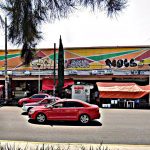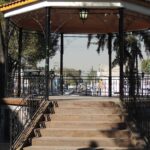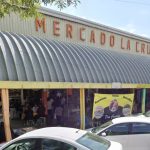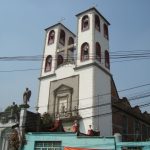 55 5633 8112
55 5633 8112

Nearest at 0.25 kms.

Nearest at 0.26 kms.

Nearest at 0.33 kms.

A highlight to any visit to the Colonia Tlacotal in Iztacalco. . .

A central public market in the Old Pueblo Iztacalco . . .

A magnificent neighborhood market on leafy Avenida Coyuya...

A neighborhood chapel as crooked as the surrounding streets...

Iztacalco's truly ancient original settlement...